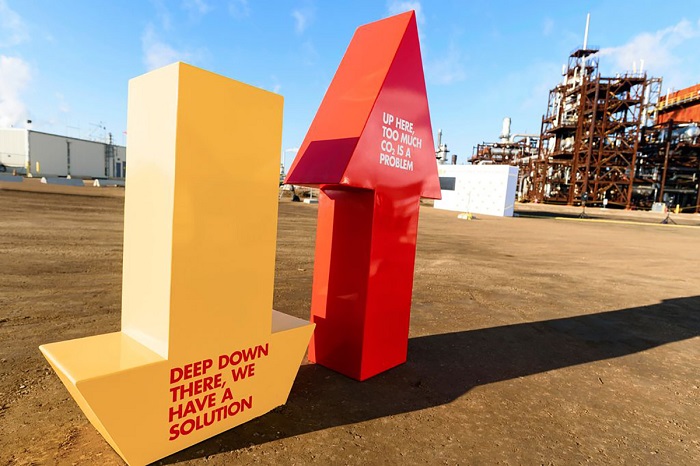EarthTalk®
From the Editors of E – The Environmental Magazine

Shell and its joint venture partners have reached an historic carbon capture and storage (CCS) milestone at its Scotford Complex near Fort Saskatchewan. Since 2015, five million tons of emissions have been safely captured and stored as part of its Quest facility – the equivalent of the annual emissions from about 1.25 million vehicles.
Dear EarthTalk: Are carbon capture technologies pie in the sky or really feasible as a global warming mitigation technique? Paul C., Scranton, PA
The short answer is … we’ll see. To understand how to remove carbon dioxide (CO2) from our atmosphere, it is important to first look at how it gets there and why it’s a problem in the first place.
Human activities are the dominant contributor to CO2 emissions through fossil fuel burning, electricity consumption and transportation. According to NASA, humans have caused increased CO2 concentrations by half since the 18th century, resulting in a 1.8°F temperature increase.
This may seem insignificant, but the consequences are becoming more and more apparent, so scientists are going all out to figure out ways to limit potentially irreversible effects moving forward. Various emission reduction strategies are being put in play to help stave off the worst effects of global warming.
One of the most promising is so-called “carbon capture and storage” (CCS). Technologies that prevent carbon from entering the atmosphere by storing it have been around since the mid-1970s, but only recently have they scaled up to meet the demands of larger industrial settings.
There are three steps to CCS: capturing, transporting and storing. First, CO2 is separated from other gasses that are released during industrial processes.
Next, the CO2 is transferred through pipelines where it is then stored and often repurposed. Currently, there are 80 facilities in the process of implementing CCS, and 16 that have already done so. Its removal efficiency is targeted at 90 percent, with some able to reach 95-99 percent.
CCS is definitely a feasible method for removing CO2 from the atmosphere. Most carbon emissions come directly from a facility; the biggest advantage of CCS is its ability to prevent CO2 from escaping right from the source.
The International Energy Agency estimates that CCS is capable of removing up to 20 percent of CO2 from industrial facilities. Also, other greenhouse gasses like nitric oxide and sulfur dioxide can also be sequestered.
The CO2 that is captured can also be utilized for the creation of other commercial products like concrete and polymers. Geologically stored CO2 can be repurposed to collect geothermal heat, meaning geothermal energy can be extracted sustainably.
While this does sound like a perfect solution to our problems, there are some potential pitfalls. Although CCS does have high efficiency, the 90 percent of CO2 being removed isn’t enough, considering where we are with emissions now. With the race to develop maximum removal CCS projects, the costs increase greatly as well.
According to the Global CCS Institute, the 26 plants created as of 2021 have only removed 0.1 percent of emissions, meaning that for this technology to be suitable, it would have to be applied in every industrial facility, globally—right now.
So, we have a situation where the costs outweigh the benefits, and due to its unpromising results “…there’s no way it can actually improve to be better than replacing coal or gas with wind or solar directly,” says Stanford’s Mark Jacobson. “The latter will always be better, no matter what, in terms of the social cost.”
Most environmental advocates agree that focusing on renewables is the best course of action to reduce our greenhouse gas emissions. But CCS nevertheless remains a viable weapon in the arsenal of climate change fighters. With the various technologies advancing, it will play an especially important role as a bridge to a sustainable future for the planet.
CONTACTS:
Global CCS Institute, https://www.globalccsinstitute.com/
Mark Z. Jacobson, https://web.stanford.edu/group/efmh/jacobson/
EarthTalk® is produced by Roddy Scheer & Doug Moss for the 501(c)3 nonprofit EarthTalk.
See more at https://emagazine.com
To donate, visit https//earthtalk.org
Send questions to: question@earthtalk.org
